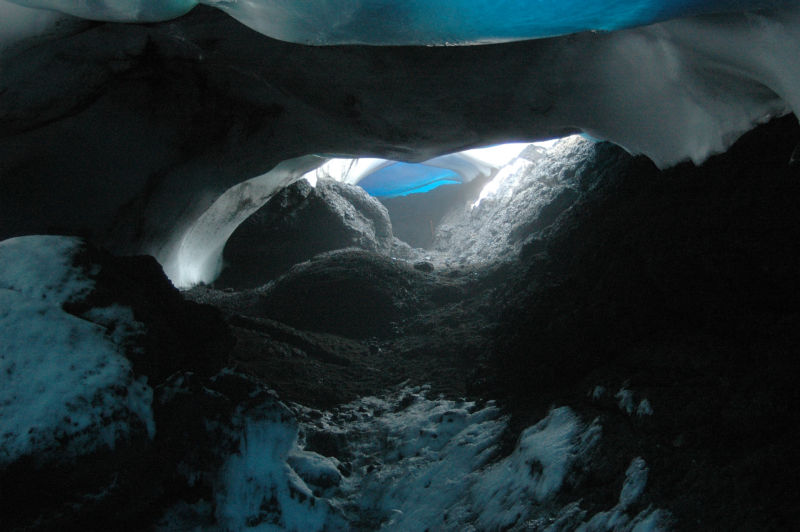Volcanic ice caves on Antarctica may host complex life
Ars Technica » Scientific Method 2017-09-11

Enlarge / An ice cave on Antarctica's Mount Erebus. (credit: National Science Foundation)
Antarctica is a relentlessly icy place, with estimates placing the amount of exposed land on the continent at less than one percent of its total surface. During glacial periods, the ice even expanded further—to the point where the edges of the continent's ice sheets extended far out into the ocean.
Yet somehow, life exists on Antarctica. And not just microbial life; there are insects and worms present, too. How have they survived the intensely icy conditions on the continent? A new paper suggests that volcanoes could be the key to life's persistence in our planet's deep south.
Seeking refuge
One of the researchers behind the new work, Ceridwen Fraser, has an ongoing interest in the idea of what are termed "refugia." These are locations where, due to quirks of geography and local climate, life can ride out otherwise harsh conditions that would extinguish it in the surrounding terrain. Once the conditions become more conducive to life—the glacial period ends, for example—the organisms in the refugia spread out and repopulate a wider area.